Grocery shopping habits are changing faster than ever, and some big-name stores are struggling to keep up. Rising costs, shifting consumer preferences, and competition from online and discount retailers are driving shoppers away. While some grocery chains are adapting, others are seeing declining foot traffic and store closures. For many, the future remains uncertain as inflation and new shopping trends reshape the industry. If you shop at these stores, you may have already noticed the changes happening right before your eyes.
1. Kroger
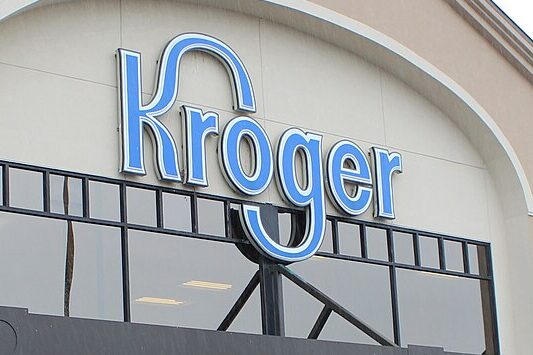
According to The US Sun, Kroger has been losing ground to discount retailers like Aldi and Walmart, which offer lower prices and simplified shopping experiences. The company has invested in digital and delivery services, but the transition hasn’t been seamless. Many shoppers complain about high prices, inconsistent stock, and a lack of competitive advantages. Unless Kroger can significantly improve its value proposition, it may continue to lose customers to more budget-friendly alternatives.
Kroger also faces challenges from changing consumer preferences, with more shoppers turning to online grocery options. While the chain has expanded its e-commerce efforts, its competitors often provide better deals and quicker delivery. The rise of meal kits and direct-to-consumer grocery services has also cut into Kroger’s market share. If it doesn’t innovate at a faster pace, it could see further declines in customer loyalty.
2. Albertsons
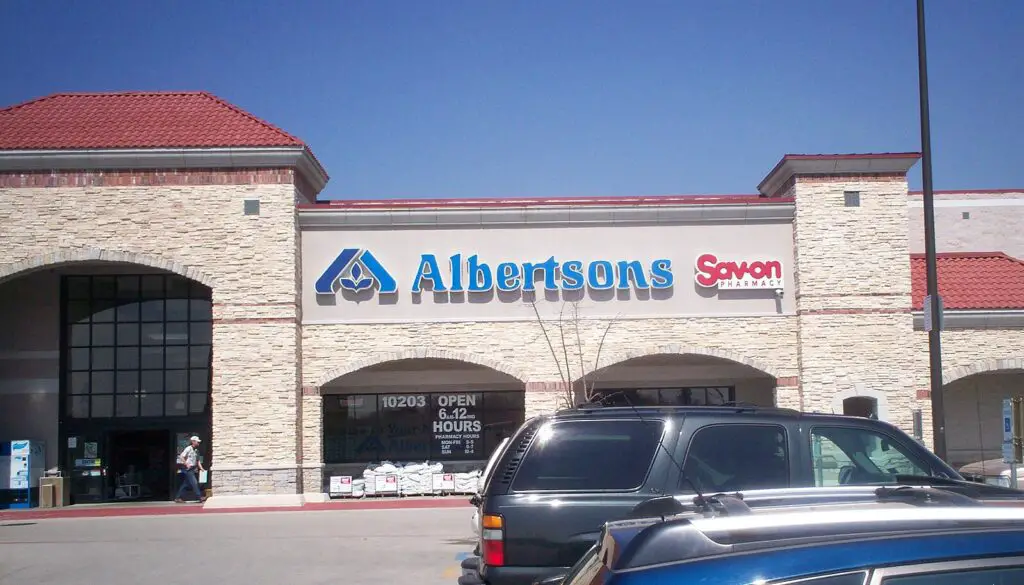
Grocery Dive notes that Albertsons has been struggling with declining sales and stiff competition from regional and national grocery brands. The company’s efforts to modernize haven’t been enough to stop customers from seeking alternatives. Many shoppers complain about high prices, outdated store layouts, and inconsistent promotions. These factors have contributed to Albertsons losing ground to both big-box retailers and specialty grocery stores.
Albertsons’ future remains uncertain, especially as it faces pressure from potential mergers and acquisitions. The company attempted to merge with Kroger, but the deal has been met with regulatory scrutiny. If Albertsons fails to reinvent itself quickly, it may be forced to close more locations. Without a stronger digital presence or a pricing strategy to compete with discount chains, it risks losing even more market share.
3. Safeway

According to Supermarket News, Safeway has seen a steady decline in customer loyalty due to its inability to compete with budget-friendly and organic-focused grocery chains. Its parent company, Albertsons, has struggled to keep Safeway competitive, resulting in store closures across the country. Shoppers have voiced frustration over high prices, poor customer service, and inconsistent product availability. Many have opted for alternatives like Trader Joe’s, Costco, and Walmart for better deals and selections.
Another major issue is Safeway’s lack of modernization compared to its competitors. While other grocery chains have invested heavily in self-checkout, app-based deals, and home delivery, Safeway has been slow to adapt. Customers are increasingly favoring stores with streamlined digital experiences and loyalty programs. If Safeway doesn’t step up its game soon, it may face an even steeper decline in market presence.
4. Whole Foods
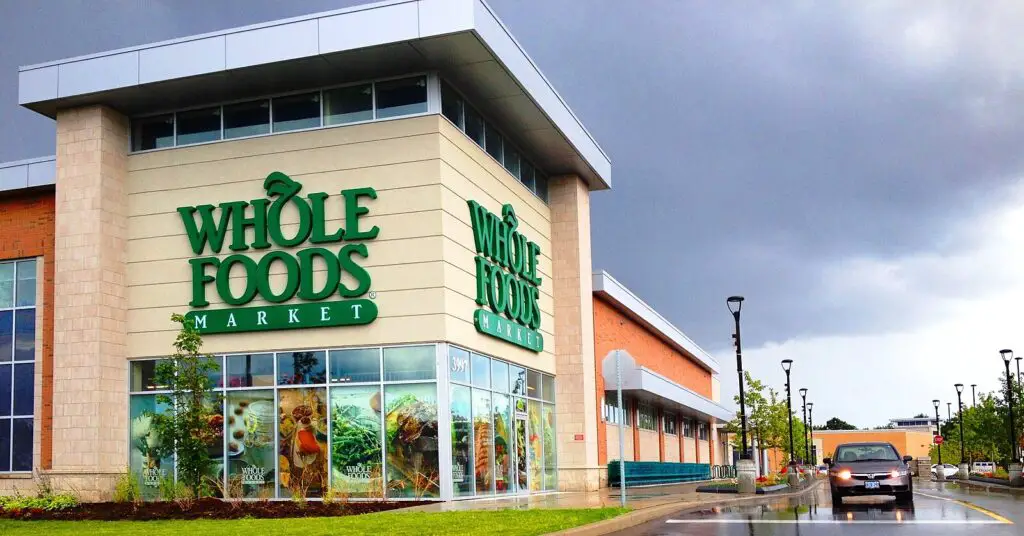
Despite being owned by Amazon, Whole Foods has struggled to maintain its customer base as budget-conscious shoppers look elsewhere. The Wall Street Journal reports that high prices remain a major issue, particularly as more grocery chains offer organic and specialty items at lower costs. Whole Foods built its reputation on premium products, but that niche market is shrinking in today’s economy. Many customers now prefer discount grocers like Aldi, Sprouts, or local farmers’ markets for fresh, organic produce at a fraction of the cost.
Whole Foods has also seen backlash from long-time customers who feel that quality has declined since Amazon’s takeover. Complaints about inconsistent stock, smaller selections, and corporate-driven product decisions have driven some shoppers away. While the chain has made efforts to introduce more discounts through Amazon Prime, it hasn’t been enough to keep people coming back. If Whole Foods doesn’t find a way to balance affordability with its premium brand image, it could see even more customers walk away.
5. Winn-Dixie

Winn-Dixie has been closing stores for years due to financial struggles and intense competition. Many of its locations are concentrated in the Southeastern U.S., which limits its ability to expand or compete nationally. Shoppers have also expressed frustration over outdated stores, limited selections, and inconsistent customer service. Without major investment in modernization, Winn-Dixie may continue to lose ground to bigger players like Publix and Walmart.
The grocery chain has attempted to revamp its image with occasional remodels and promotions. However, these efforts haven’t been widespread enough to make a lasting impact. Many consumers now prefer more affordable and convenient shopping options. If Winn-Dixie doesn’t make significant changes, it could be on the chopping block in the near future.
6. Giant Eagle

Giant Eagle, a regional favorite in the Midwest, has struggled to keep up with larger national chains. Rising costs and shrinking profit margins have forced it to close underperforming locations. While some loyal shoppers remain, many have switched to competitors with lower prices and better digital shopping experiences. Unless Giant Eagle finds a way to modernize and stay competitive, its long-term survival is questionable.
One of the biggest challenges for Giant Eagle is its pricing. Many customers report that its grocery prices are higher than those of Walmart, Aldi, and Costco. In an era of rising inflation, budget-conscious shoppers are looking for the best deals possible. Without aggressive pricing changes, Giant Eagle could continue losing its customer base.
7. Hy-Vee
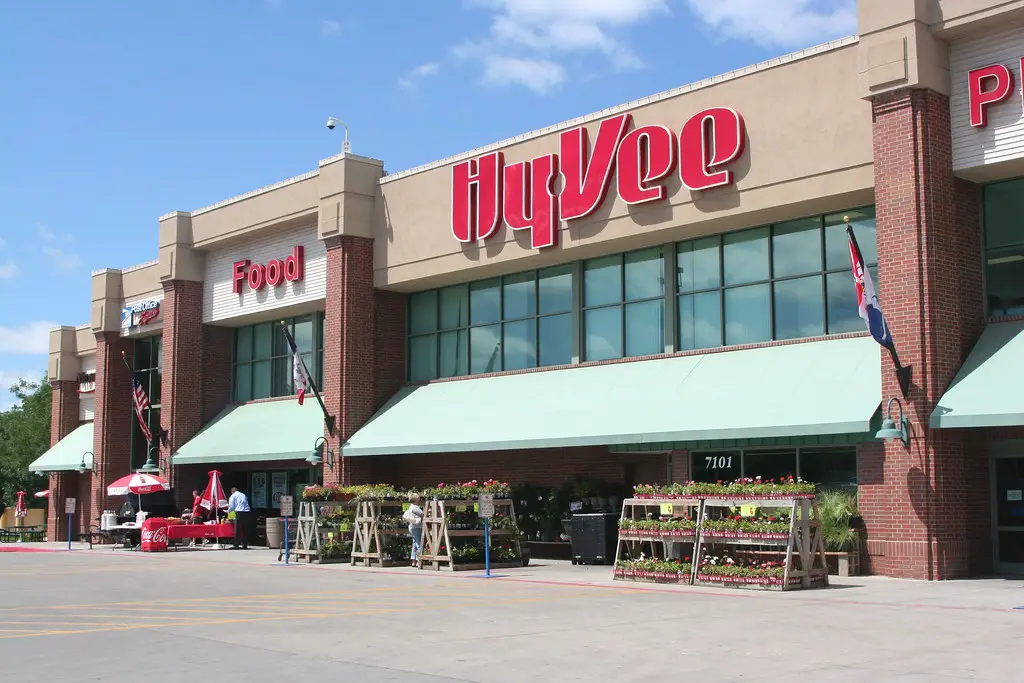
Hy-Vee is known for its unique business model, featuring in-store dining and specialty sections. However, increasing operational costs and labor shortages have made it harder for the chain to maintain profitability. Recent expansions into non-grocery sectors, such as fitness centers and apparel, have also received mixed reactions. While Hy-Vee remains popular in the Midwest, its future growth is uncertain.
Another concern is that Hy-Vee’s pricing structure isn’t always competitive with discount retailers. As more grocery shoppers prioritize affordability, high-end offerings may not be enough to retain customers. If Hy-Vee doesn’t adjust to market demands, it may struggle to maintain its foothold.
8. Sprouts Farmers Market
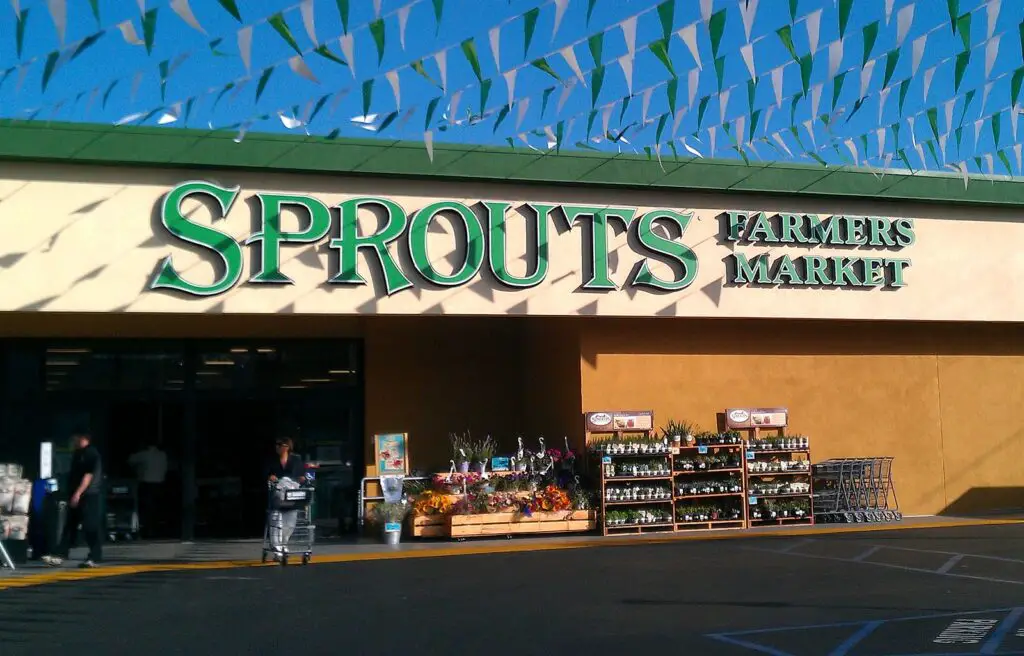
Sprouts built its reputation on offering natural and organic products, but competition has increased significantly. With mainstream grocers now offering similar products at lower prices, Sprouts has lost some of its appeal. Many shoppers see it as overpriced compared to stores like Trader Joe’s or Walmart. If Sprouts can’t find a way to differentiate itself, it may face further declines.
Additionally, Sprouts has limited locations compared to its competitors, making accessibility an issue. The company’s niche focus has also made it vulnerable to shifting consumer preferences. As budget-friendly healthy eating options become more widely available, Sprouts could struggle to keep up.
9. Food Lion

Food Lion has maintained a strong presence in the South, but it has struggled with modernizing its stores. Many customers feel that the chain lacks the convenience and competitive pricing of bigger retailers. If Food Lion doesn’t make necessary upgrades, it could continue losing customers.
The grocery landscape is changing, and Food Lion must evolve to stay relevant. Other chains have invested in technology and delivery services, while Food Lion has lagged behind. Without significant changes, its market position could weaken further.
10. ShopRite

ShopRite has long been a dominant player in the Northeast, serving a large base of loyal customers. However, the chain has recently faced stiff competition from both national chains and online grocery services. Many customers have expressed frustration with long checkout lines, outdated store layouts, and inconsistent stock, which are becoming more noticeable as online shopping and delivery services become more widespread. While the chain remains popular in some regions, the shift in shopping habits toward convenience and speed has highlighted its limitations.
To maintain its standing, ShopRite will need to quickly modernize its stores and revamp its customer service experience. Consumers increasingly expect seamless digital experiences, and the chain has been slow to adapt to this shift. If ShopRite fails to embrace innovations like improved delivery services and in-store technology, it risks being overshadowed by more agile competitors that cater to evolving consumer preferences. The future of ShopRite will depend on its ability to meet these demands.
11. Save A Lot
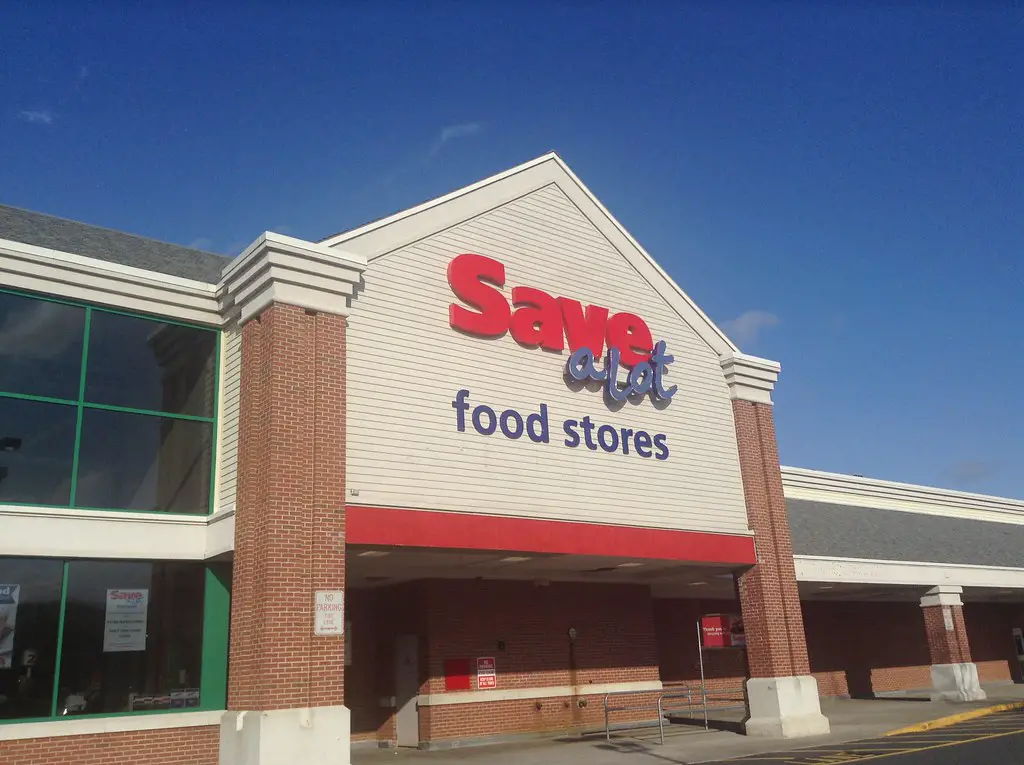
Save A Lot has built its brand around being a discount grocer, but with the emergence of more cost-effective competitors like Aldi and Lidl, the company has found it difficult to maintain its appeal. While Save A Lot offers lower prices than many other chains, shoppers often report that its product quality and variety don’t meet the standards set by its competitors. This has led many to switch to rival discount chains that offer a more comprehensive shopping experience with better-quality products at similar prices.
In recent years, Save A Lot has faced store closures and has struggled to attract new customers. Its inability to keep up with modern retail trends and improve product offerings has put the brand at risk of losing further ground to its competitors. Without a clear strategy for addressing these challenges, Save A Lot’s relevance in the market is increasingly in question, especially as shoppers turn to other discount stores that offer a more attractive shopping experience.
12. Piggly Wiggly
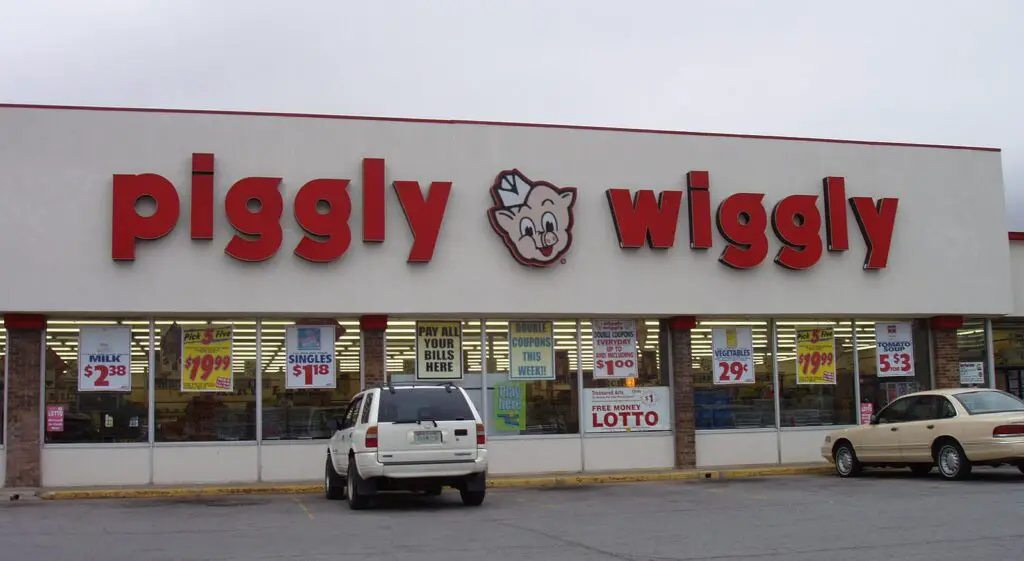
Piggly Wiggly, a well-known regional grocery chain, has increasingly found itself outpaced by larger, more modern competitors. While it has maintained a loyal customer base in the South, many of its locations are independently owned, leading to inconsistencies in pricing, product availability, and store upkeep. As a result, many shoppers feel that the experience isn’t as seamless or reliable as at larger chains like Walmart or Kroger, which offer better overall consistency and often lower prices.
The chain’s inability to modernize and adapt to evolving shopping trends has placed it at a disadvantage. Piggly Wiggly has struggled to compete with the rising popularity of discount stores and online grocery services. As more shoppers prioritize affordability and convenience, Piggly Wiggly risks losing customers who are gravitating toward more efficient, budget-friendly alternatives. Unless the chain invests in upgrades and an improved customer experience, its long-term future remains uncertain.
13. Vons
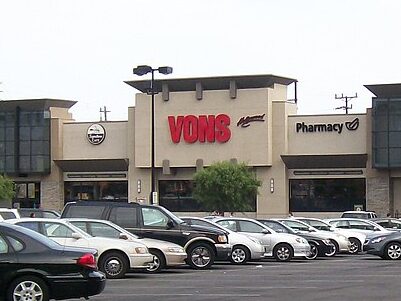
Vons, a subsidiary of Albertsons, has faced similar challenges to its parent company, struggling with high prices, outdated locations, and an overall lack of innovation. Many customers have shifted to lower-cost competitors like Trader Joe’s and Ralphs, which offer more competitive pricing and fresher selections. The lack of modernization at many Vons locations has contributed to its declining market share, as shoppers seek out stores that provide a more contemporary and efficient shopping experience.
With fewer differentiating factors to attract new customers, Vons’ future is increasingly at risk. The grocery industry’s rapid shift toward online shopping and more convenient, budget-friendly options has made it harder for traditional chains like Vons to stay relevant. Without significant investments in store improvements, competitive pricing strategies, and e-commerce capabilities, Vons may continue to see customer losses, further diminishing its position in the market.
